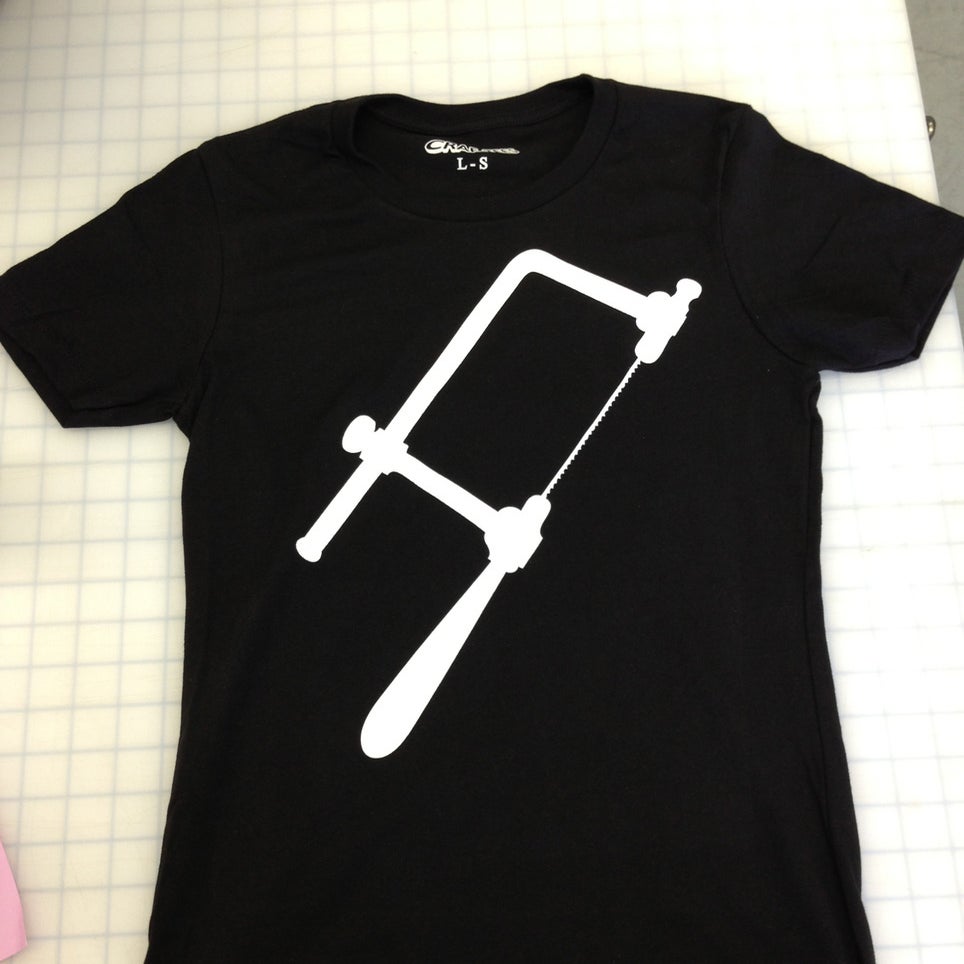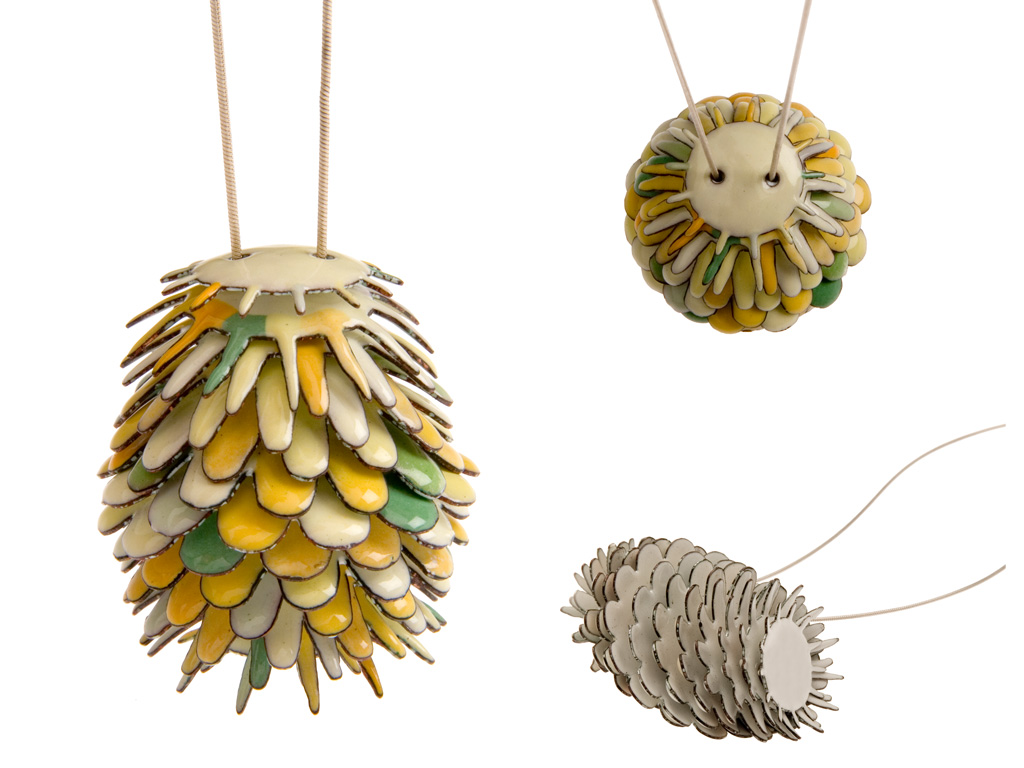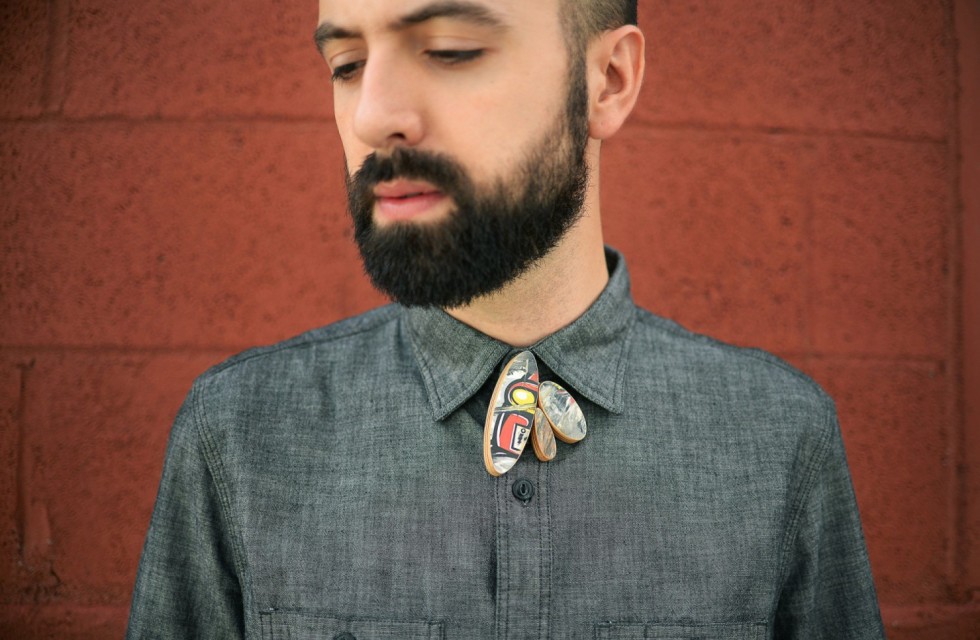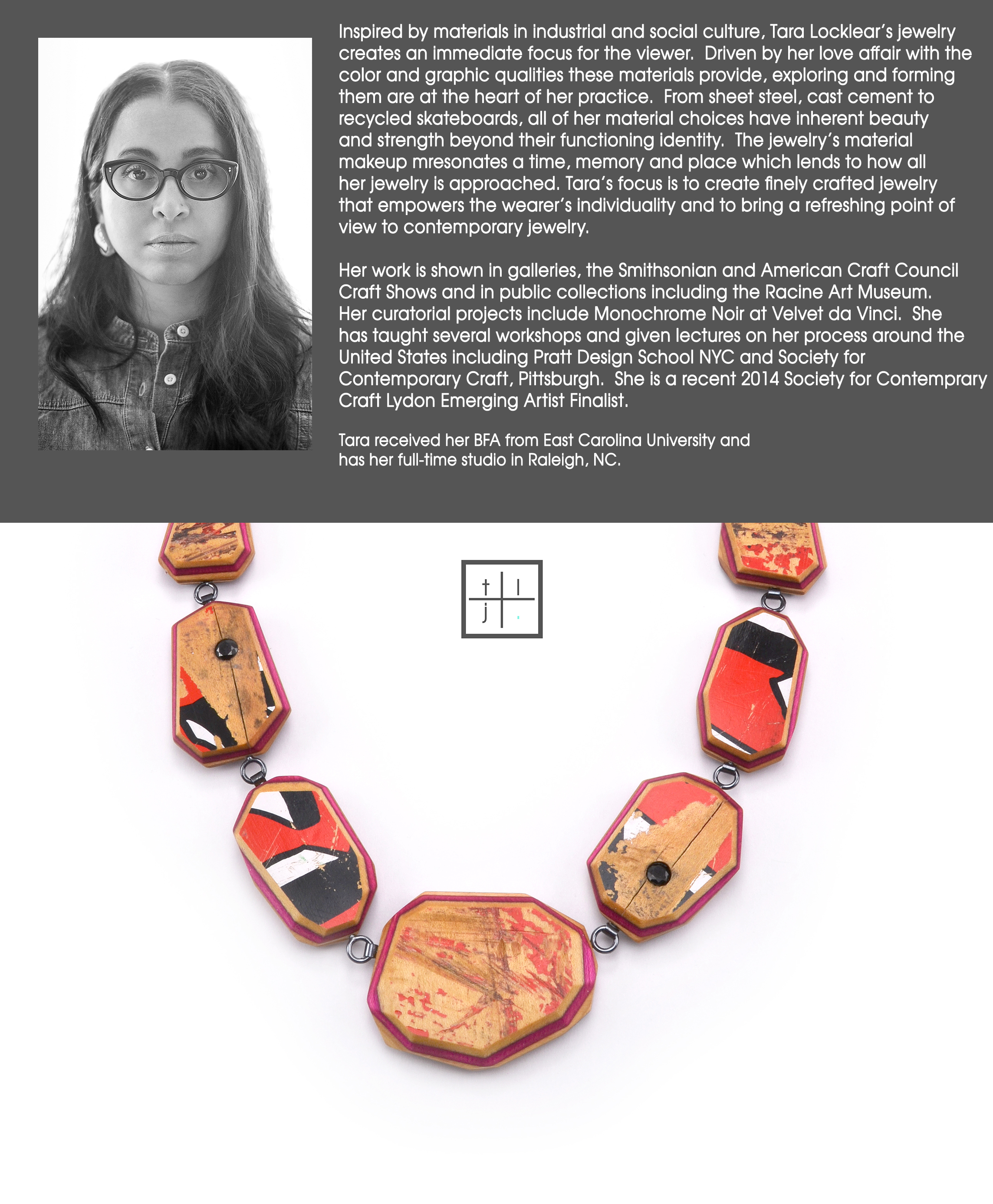David Bielander lecture (required) Sept 30th at 4:30 Library 228
STUIDO BUDGET - ASSIGNMENT #2
STUIDO BUDGET - ASSIGNMENT #2
Each student is to create a
budget to start a studio after school. Include everything you will
need to get started. Consider everything!
This includes, rent for a
studio, utility bills, gas tank rentals, materials, tools, furniture,
advertising etc. You will have to call around to get quotes for these
things. Consider the things that people forget about such as renter’s
insurance, transportation (back and forth to shows, getting supplies etc),
taxes, business license, and so on. The budget should include projections
that describe your short-term goals (1-year plan) and also your longer term
goals (a 5-year and a 10-year plan). I might be helpful to create a rough
timeline of how you might achieve some (or all) of these goals. For example:
calculate operating costs, research models, apply for a credit line, buy a
laser engraver, take on small projects to pay it off in three years, payments
are $150 a month for 36 months, rent time on machine to make payments etc.
Calculating studio rent:
If you are planning on
having a studio at home an easy way to calculate cost is
the estimate the percentage the studio will occupy.
For example lets say you have a two bedroom apartment which has a
kitchen, dining room, living room and two bedrooms.
Lets also say that your
studio will occupy one of the bedrooms. This is 1/5th of your apartment. Your
apartment costs $1,000.00 a month. 1/5 of $1,000.00 is $200.00 a month.
To calculate square footage just measure the room. Lets say the bedroom
is 10' x 15' which equals 150 square feet. This means your studio costs
around $1.33 a square foot.
You can also calculate your
bills by checking how much your electrical or gas increases after you start
using your studio. This should get rolled into your operating budget.
Operating budget:
Your operating budget is
how much it costs your business to run every month. So we have already figured out that it costs $200 a month in rent. You should also add in gas, consumables (saw blades, paper, ink, metal, pickle etc) utilities (heat, electrical, internet, cellphone, water etc). You could also calculate how much traveling you do on average (will you be driving to your studio? to the store? calculate mileage.) Show fees? Casting bills? Packaging? Shipping?
Tools:
You should calculate what you will need to buy right away to get started. For example, Flex shaft, Torches, gas tank, pickle, bench, etc. If you already own these things try to calculate how much they are worth. For the tool list, go through the Rio catalog and note the serial number, quantity and price. Make a list of everything you will need now, in five years, in ten years. Will it pay off to buy a burnout kiln, a casting machine, flasks, wax and plaster or is it better to source it out to a casting company.
Business plan:
Make a five year plan laying out what you will do. For example, I plan to apply to exhibit my work at galleries, trunk shows and craft exhibitions. Calculate how much return you might get from these endeavors. Galleries normally take a 60/40 bite. When you do a craft show you get to keep all the profit but often have to pay to play.
Margaux Lange
Megan Auman





Phil Renato












No comments:
Post a Comment